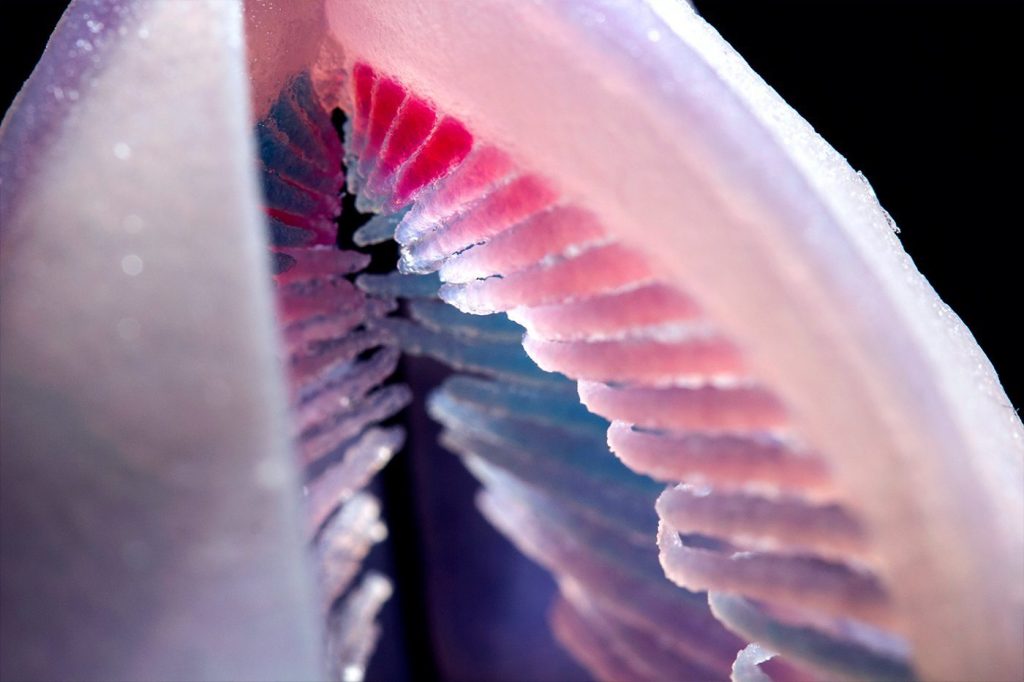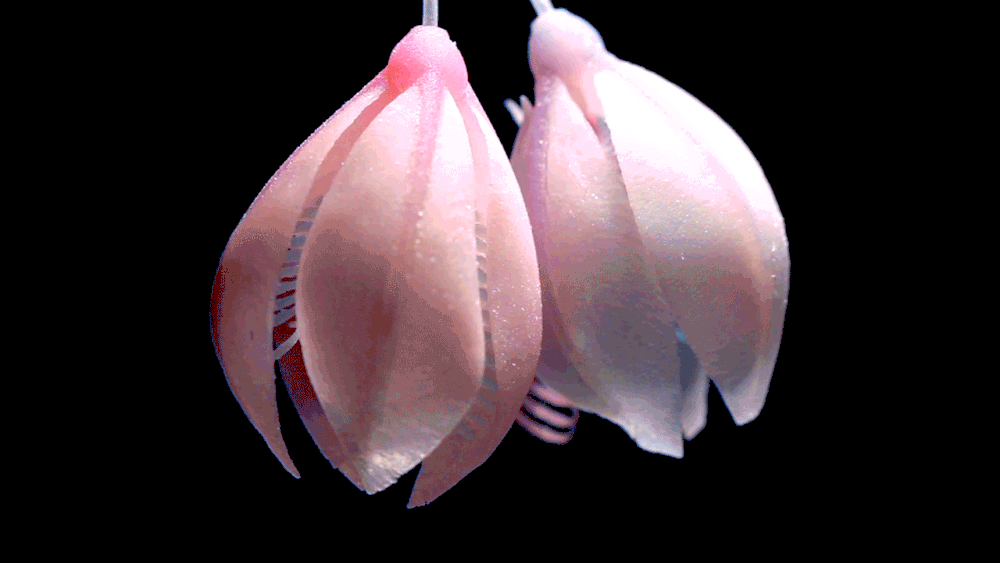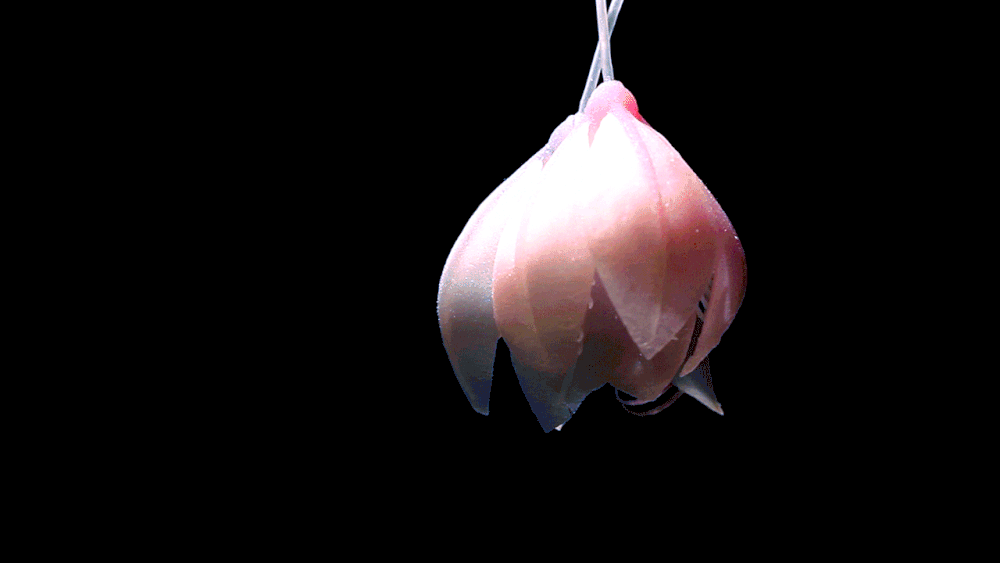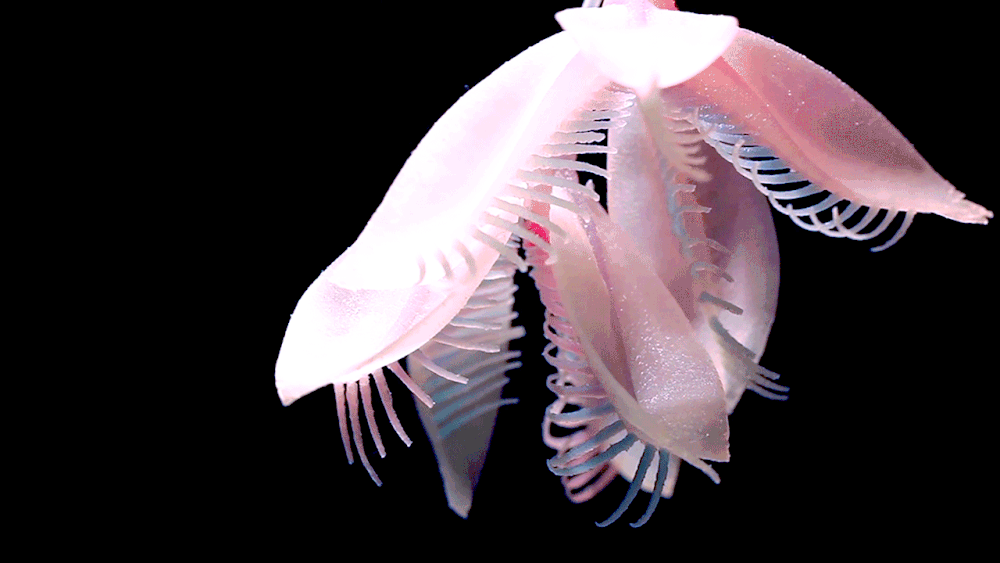There is nothing I like more than finding artists that are getting involved in 3D printing. From Akinori Goto, who made a beautifully mesmerizing zoetrope, to Bruce Beasley, who incorporates 3D printing into his sculpture work, there are artists all over the world utilizing the technology for beauty and artistic exploration. 25 year old New Zealand artist Mark Wilson is the latest being added to the list with his ‘digital organism’ Chromatose.

The artist
Mark Wilson is a young artist working out of Wellington, New Zealand. He has a particular interest in genetics, and can see massive potential in the intersection of design and genetics.
“At this point in time I don’t think we have the technological capability to understand design’s relevance to genetics, but I think it won’t be long before we will see its importance,” said Wilson.
“I recently graduated with a Bachelor of Design Innovation, specialising in Industrial Design at Victoria University of Wellington, New Zealand. Last year, I was able spend a semester studying at the Technical University of Eindhoven, The Netherlands. I plan on moving to Amsterdam next year to find work that will expand my skills as a designer.”

“The world has seen massive advancements in digital technologies, giving us more opportunities than ever. I’m interested in ways we can effectively apply these technologies by exploiting their unique capabilities. This isn’t relevant to only hardware, manufacturing, and products, but also software, organisation, and systems – perhaps most importantly the potential intersection of any of these.”

Through developing his own knowledge on both digital and genetic code, and exploring ways of combining the two, Chromatose was born.
“Chromatose is a result of one of my explorations. It uses digital code to fabricate life-like organisms. It’s as close as we can get with the latest 3D printers, and without actually cultivating living cells. It is a series of synthetic organisms that share ‘genetic traits’ in code, which can be manipulated and mutated, in the same way our DNA can.”
Chromatose is a multi-material 3D printed series of responsive 3D printed ‘synthetic organisms’ grown at the intersection point of the natural and digital worlds. Each organism opens slowly to reveal (and display) their colourful insides, and close quickly to protect themselves when touched.

Designed by Wilson using Rhino 5.0 and Grasshopper, Chromatose was printed on an Objet 350 Connex3 printer. The artwork exploits the very latest capabilities of 3D printers, taking advantage of the ability to fabricate objects in varying colour and rigidity. The organisms were printed at 16-micron layer resolution. They flaunt a range of colours and hardness, which are structurally composed to control their movement.
“Each arm is able to be opened pneumatically with small channels embedded within them. They open just enough to rest at their inverted position, just past a state of equilibrium. This means with just a light touch they quickly snap back into their concave position,” said Wilson.

Wilson drew inspiration for his digital organisms’ movement and behavior from natural flora, fauna and phenomena, yet they are entirely digitally fabricated. Chromatose speculates on the ever-blurring line that divides the natural and digital world.
“With code and algorithms, we have the ability to write or script a digital DNA of anything and everything. This can then be modified and mutated as if it were actual DNA, dictating the organism’s qualities and characteristics. These objects are now able to be made physically manifest due to recent advances in digital fabrication technologies. These opportunities offer us the unprecedented ability to fully exercise and implement biomimetics, with which we are able to simulate, reproduce, and even enhance organisms found in nature. DNA and digital code will soon be tantamount.”

“Information and digital technologies offer us the opportunity to write, and therefore control, genetic code. We will soon be able to fabricate pre-programmed living organisms with which we can reimagine whole industries including the likes of healthcare, architecture, foods, energy, or bionics. Maybe one day we will be able to print a human that can even perform cognitive functions.”



